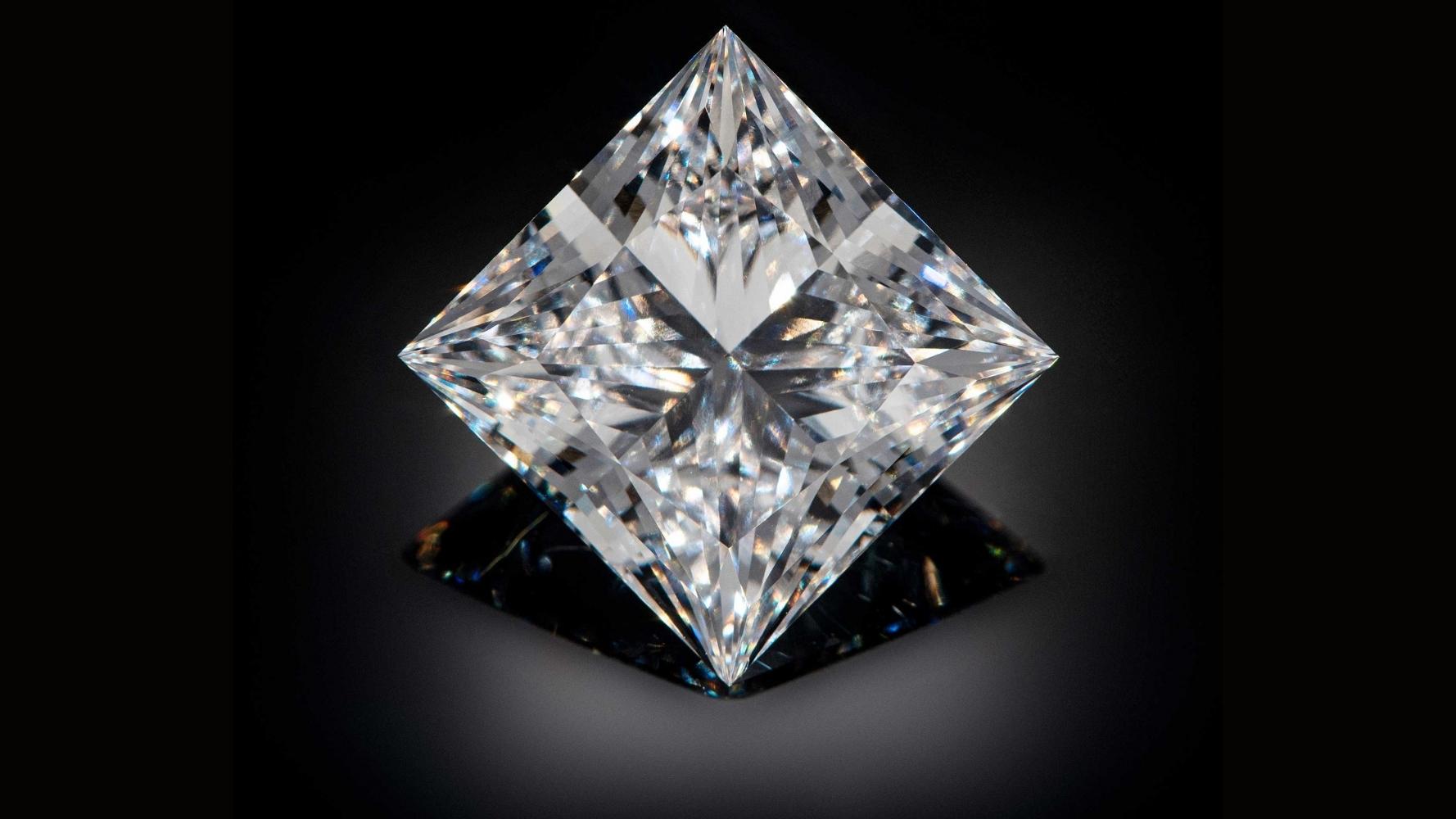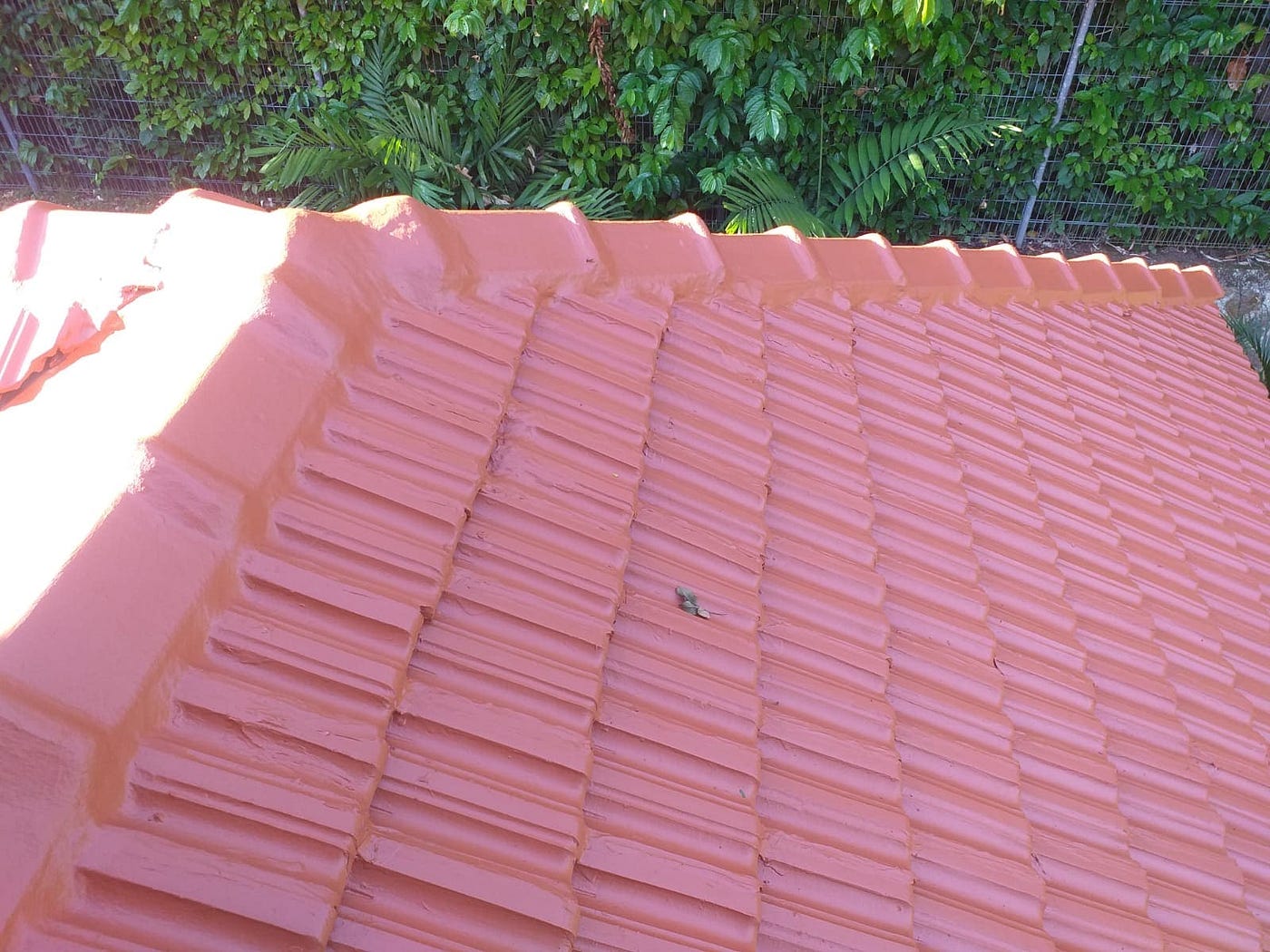Understanding the 4Cs of Lab Diamonds: A Comprehensive Guide

Lab-grown diamonds are transforming the jewelry industry, offering an ethical and eco-friendly alternative to mined diamonds. But how do you determine their quality? If you’re in the market for a lab diamond, it’s crucial to understand the 4Cs lab diamonds: Carat, Cut, Color, and Clarity. These are the key criteria used to assess a diamond’s value and beauty. In this article, we’ll delve into each of these aspects and explore why they’re just as important for lab diamonds as they are for natural ones.
Table of Contents
1. Carat: The Measure of Weight and Size
When people talk about carat, they’re referring to the weight of the diamond. One carat equals 0.2 grams. However, a larger carat size doesn’t always mean a better diamond. While it’s true that larger diamonds are often more valuable due to their rarity, the other three Cs play a significant role in determining the overall quality.
Lab-grown diamonds are created in controlled environments, allowing for the production of various carat sizes without the same limitations as natural diamonds. This means you can find larger carat diamonds at a lower price compared to their mined counterparts. However, keep in mind that a larger carat diamond with poor cut, color, or clarity may not be as visually appealing as a smaller one with excellent grades in those areas.
2. Cut: The Craftsmanship That Brings Brilliance
The cut of a diamond determines how well it reflects light, impacting its brilliance and sparkle. This C is often considered the most important because a well-cut diamond can make all the difference in how stunning it looks. The cut is about angles, proportions, and symmetry. Even with a large carat size, a poorly cut diamond will appear dull and lifeless.
Lab-grown diamonds benefit from the precision and consistency of technology, often resulting in high-quality cuts. This allows for greater control over the diamond’s shape and symmetry, leading to diamonds that can outshine even the best-mined ones.
3. Color: The Spectrum of Elegance
Color in diamonds typically refers to the absence of it. The Gemological Institute of America (GIA) rates diamond color on a scale from D (colorless) to Z (light yellow or brown). Colorless diamonds are the most sought after and, therefore lab diamonds, the most valuable.
Lab-grown diamonds often have the advantage of being more consistent in color, as they can be produced to specific standards. This means you can find lab diamonds with a higher color grade at a more affordable price. However, some people prefer diamonds with a hint of color, adding character and warmth to their jewelry.
4. Clarity: A Window into Perfection
Clarity refers to the presence of inclusions or imperfections within the diamond. These can range from tiny specks to visible flaws. The GIA rates clarity from Flawless (F) to Included (I), with several grades in between.
Lab diamonds tend to have fewer inclusions than natural diamonds because they’re grown in a controlled environment. This means you can often find lab-grown diamonds with higher clarity at a lower price point. A diamond with excellent clarity allows light to pass through unimpeded, enhancing its brilliance.
Conclusion: The Smart Choice for the Discerning Buyer
Understanding the 4Cs is essential when buying any diamond, but it’s especially crucial for lab-grown ones. They offer a range of benefits, from ethical sourcing to better environmental practices. With lab diamonds, you can often get a larger, higher-quality stone for a lower price compared to natural diamonds. But remember, it’s not just about the 4Cs; personal preference plays a huge role in choosing the perfect diamond.
So, what’s your priority? Do you want a larger carat size, or is the cut’s brilliance more important to you? Is a colorless diamond your dream, or do you prefer a touch of warmth? Whatever your preference, lab-grown diamonds offer a world of possibilities, blending beauty and ethics in a way that’s hard to resist.




